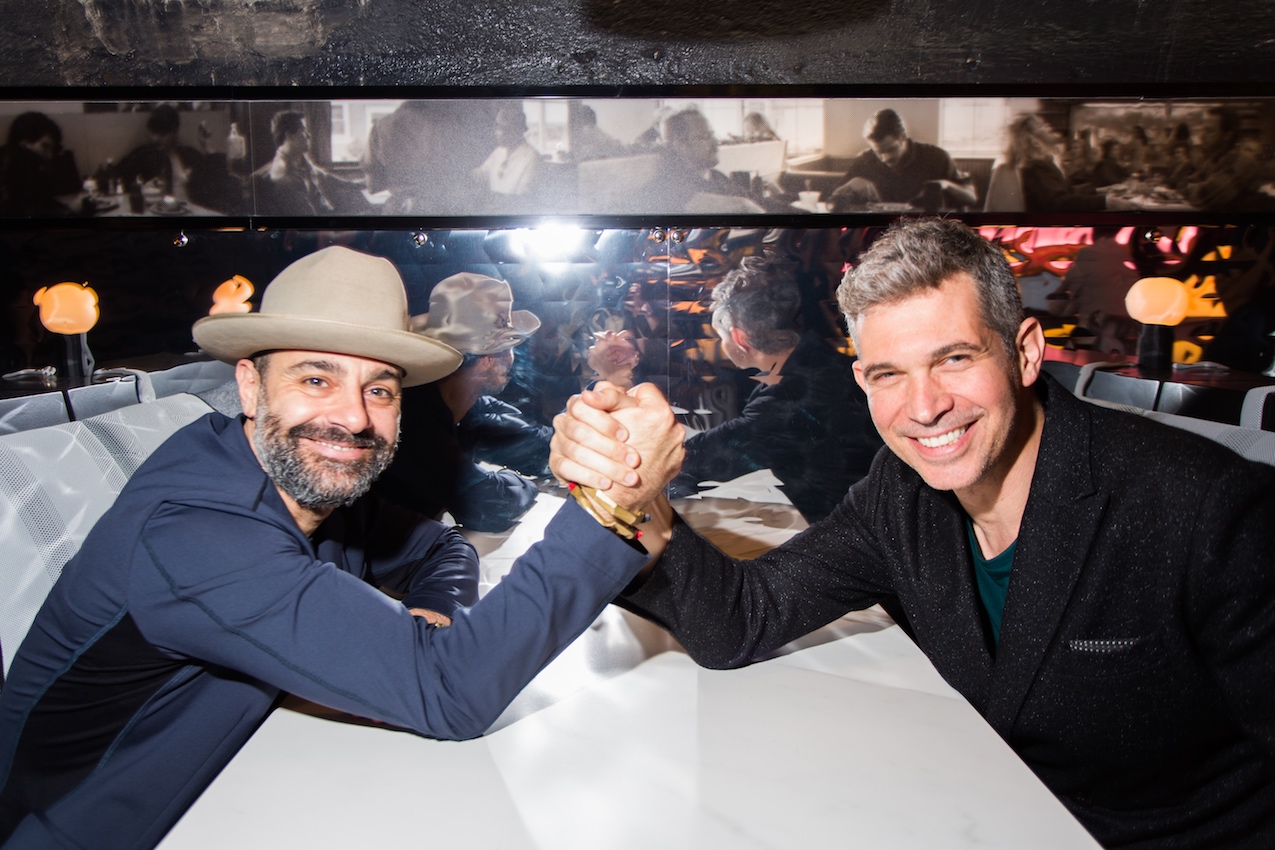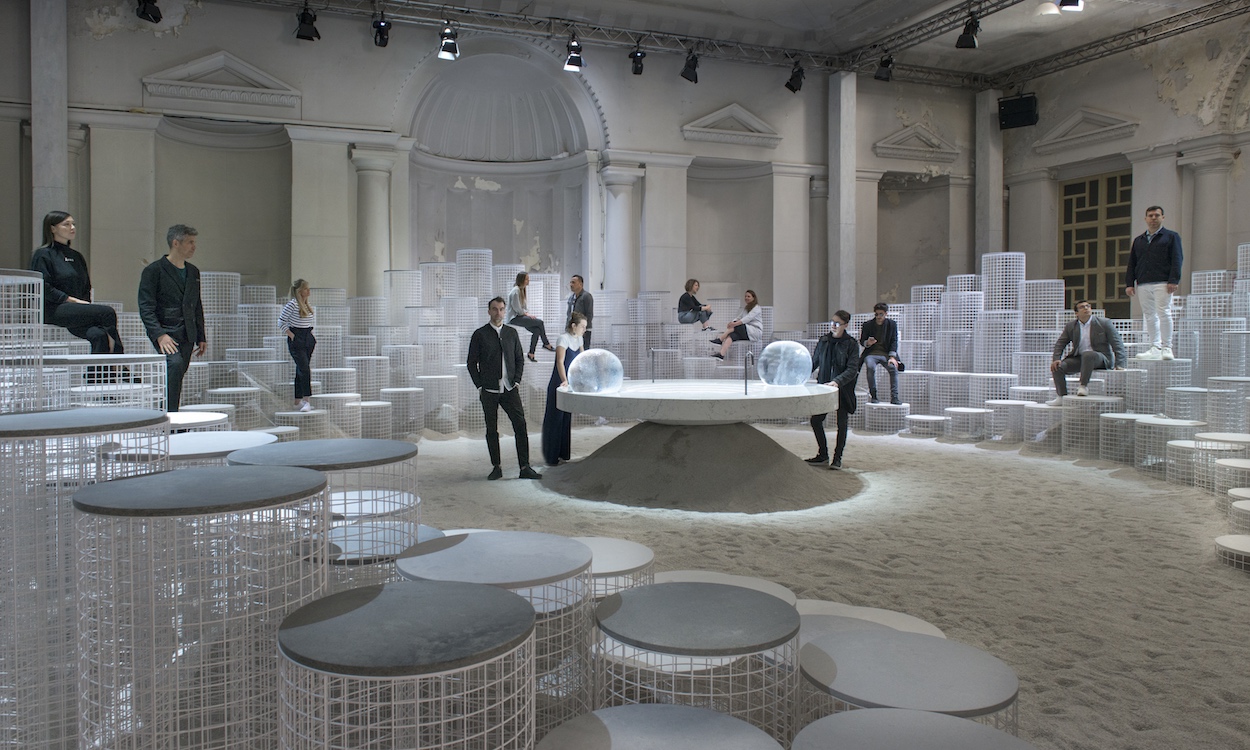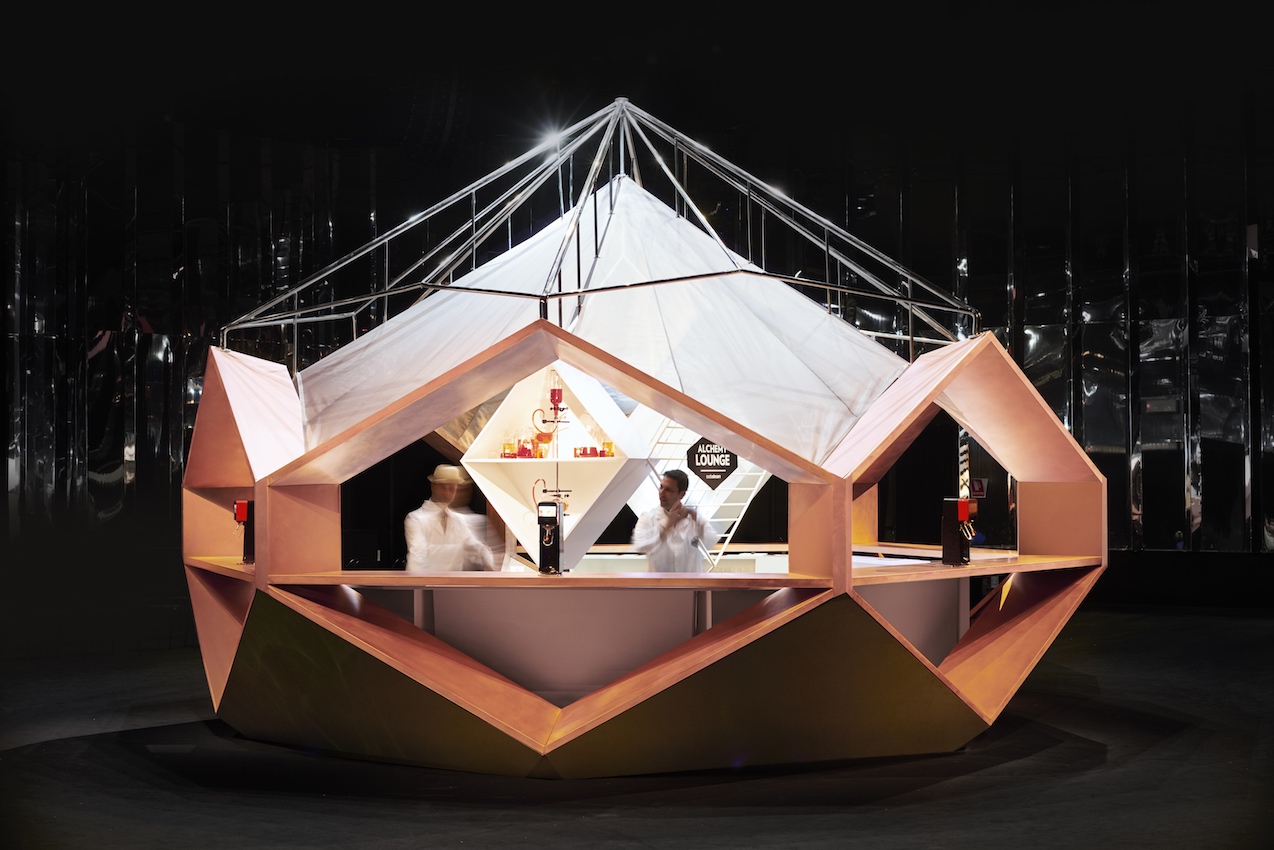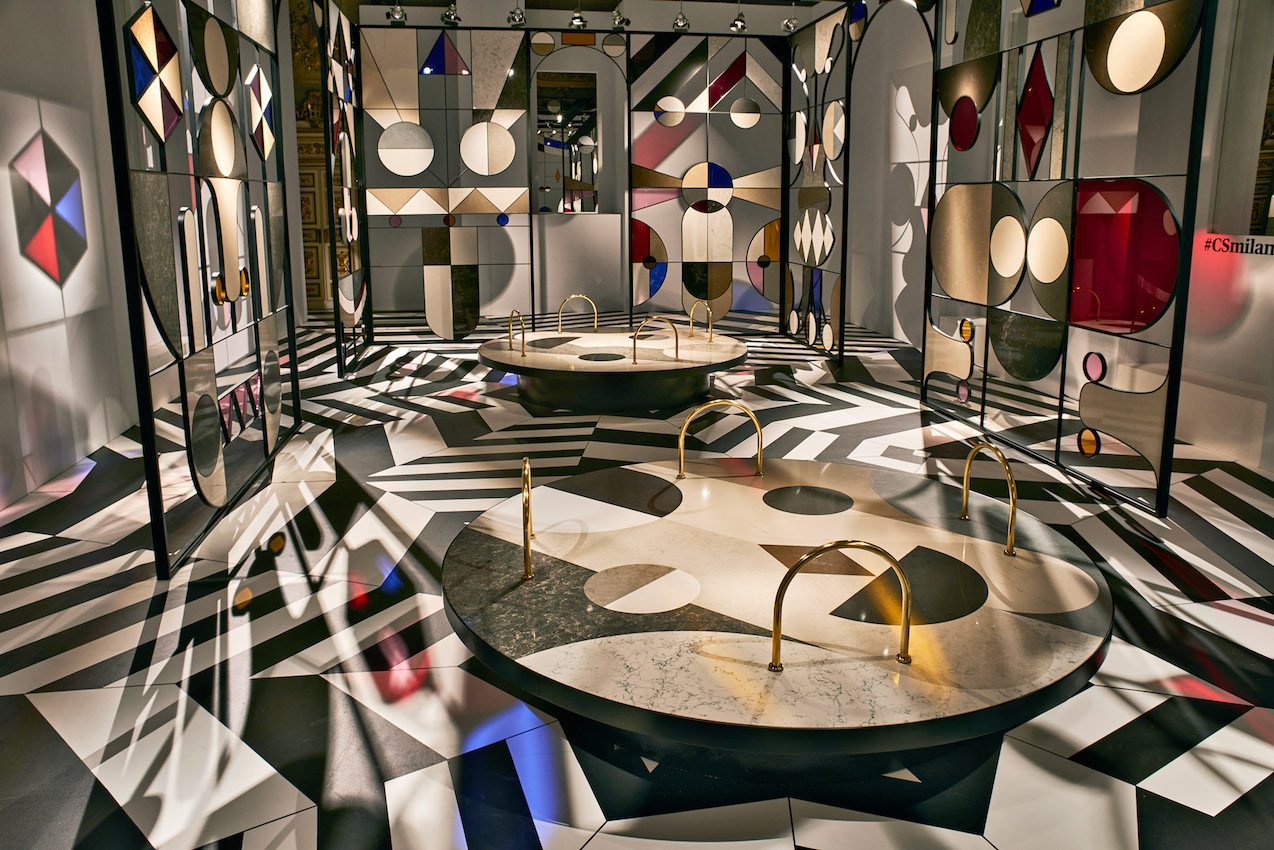Like mixtapes and printed photographs, the time-honored fashion show is fading away. So what’s next for the catwalk, and how might the experience be reinvented for a contemporary audience? We asked a pair of veteran strategy and events experts (and longtime partners in crime), Jacob Peres and Eli Peer, for their two cents. Peres was head of marketing for British designer Tom Dixon and international communications director for Israel’s Design Museum Holon before founding Jacob Peres Office in 2011, and Peer, a motorcycle mechanic turned television executive turned culture-and-nightlife guru, co-founded the creative agency Allenby Concept House in 2009. Together, they bring more than three decades of experience to the table. Both are originally from Israel, but spend time between Tel Aviv, New York, Amsterdam, and London, imbuing their work with a global perspective. Our chat about rethinking fashion shows revealed a three-step recipe for success: Begin with a compelling story—then fold in a meaningful experience and marinate in culture—so that it’s ready to serve.
What's Next for the Catwalk?
Strategy and events experts Jacob Peres and Eli Peer weigh in on the future of the fashion show.
Interview by Tiffany Jow December 17, 2018
How did you two meet?
Jacob Peres: Every time I go to Tel Aviv, I go to the same hairdresser, who’s a real mover and shaker and introduces people all the time. He said I had to talk to this guy Eli. He had a huge mustache back then.
Eli Peer: That was around seven years ago. Before it was cool to be called a hipster.
You went on to produce elaborate activations for brands like SodaStream, Humanscale, and Caesarstone. Many, in collaboration with blue-chip designers—Yves Béhar, Nendo, Jaime Hayon, and Tom Dixon—were presented at major industry events around the world. What’s your process for executing those kinds of projects?
Peer: The initial spark usually comes from Jacob—he’s really good at telling a story about a brand that’ll interest people and the press. Then we start thinking about executing it, and what we could add to make it a more perfect experience, which is defined by what you want people to do—touch a product, use a product, or be amazed.
Peres: It’s never simple and it’s never easy.
Peer: Don’t forget about the egos! There are so many to control in the types of projects we produce. That’s the true work of collaboration—because anybody can come up with an idea, but actually doing it is a different story.

Let’s say you’re collaborating with a fashion designer. How would you present her latest collection?
Peres: People are not interested in the old model of a fashion show or a trade show. They are interested in experiences. Honestly, if you want to see the clothes, you’ll get a better view on WGSN the next morning. You know, I just saw the Alexander McQueen documentary [McQueen]. He was so ahead of his time in thinking about fashion. It’s about doing something meaningful that stays with you for a little longer—developing something that really contributes to culture.
Gotcha—fashion shows need an overhaul. What would you specifically do to make them better?
Peer: I would explore the core of the brand. Fashion brands need to look deep inside themselves and identify what makes them different. Each has a unique DNA and with that, creates unique content. They need to find ways to start a long-term conversations with customers. If they think doing an exhibition will create their brand, they’re dreaming. Those days are long gone.
Resonating with people in an oversaturated field like fashion sounds daunting. What are some things you’ve learned about consumers from previous activations that you’d keep in mind while developing a strategy for a fashion show?
Peres: People like to be immersed. They want to be challenged. Also, people are looking for new ways to buy things. Retail is the next big challenge. We all know physical retail is suffering, and online retail hasn’t fully exploded. It’s very bland because it’s hard to create an experience in an online environment.
Peer: The era of people sitting in chairs and watching things go by is not interesting anymore. Today, people want to be a collaborator—a real part of the content. People feel they are special. I think it’s because of our parents, who told us that. Kids grow up thinking if they work hard and dream big, they can be whatever they want.
My parents told me that, and I’m not a narcissist. And I usually don’t feel special when a brand asks me to be part of its marketing campaign—I feel like a tool.
Peer: You need to feel part of the advertising. [If it’s done right,] you will love the brand. And if you love the brand, you’ll be loyal to it.
Where do your ideas for activations come from?
Peer: Everyone has great ideas when they take showers. But how many of those ideas actually grow all the way to a tree? That’s what I wake up for. If I can make some money from it, that’s great. But growing a little seed into a big tree and creating more trees is amazing.
So your ideas come to you in the shower?
Peres: It’s just about being exposed to culture and seeing the potential in what creative people are doing. We try to inspire, to create the best thing they’ve ever done, and know how to develop it into something bigger.

Are there certain aspects of your personalities that help you do that?
Peres: Eli’s very energetic, committed, and creative. He talks too much, but besides that he is totally loyal. Together, we are a lot better than on our own. We can make a project really sing.
Peer: Jacob is a smart man. He brings not just great ideas and relationships with everyone in the design world, but a real understanding of brands. He looks at the big picture. Usually I’m too busy or I don’t see it.
Sounds like complex work. What does it take to pull off a high-profile, high-stakes event?
Peer: You have to have big balls. You have to dream, and not be afraid of failure or taking huge risks, because there is no book that’ll teach you how to do it.
Peres: People need people who can help them see what’s actually interesting. So you need to bring a relevant point of view to a situation and understand what’s next. You have to become a curator, which isn’t about collecting. It’s about determining what’s important and what’s not, then going to a brand with a clear idea that has a beginning, middle, and end.
I still don’t have a clear idea of how you’d fix fashion shows.
Peres: At the end of the day, our approach is very simple. It’s about creating something that is unique, bespoke, and holistic—360 degrees or whatever you want to call it. It’s about figuring out how we can create the best activation, the best project, the best meaning—that’s better than anything else we’ve made until now.
Peer: I think he summed it up.
Learn more about Jacob Peres and Eli Peer here.

